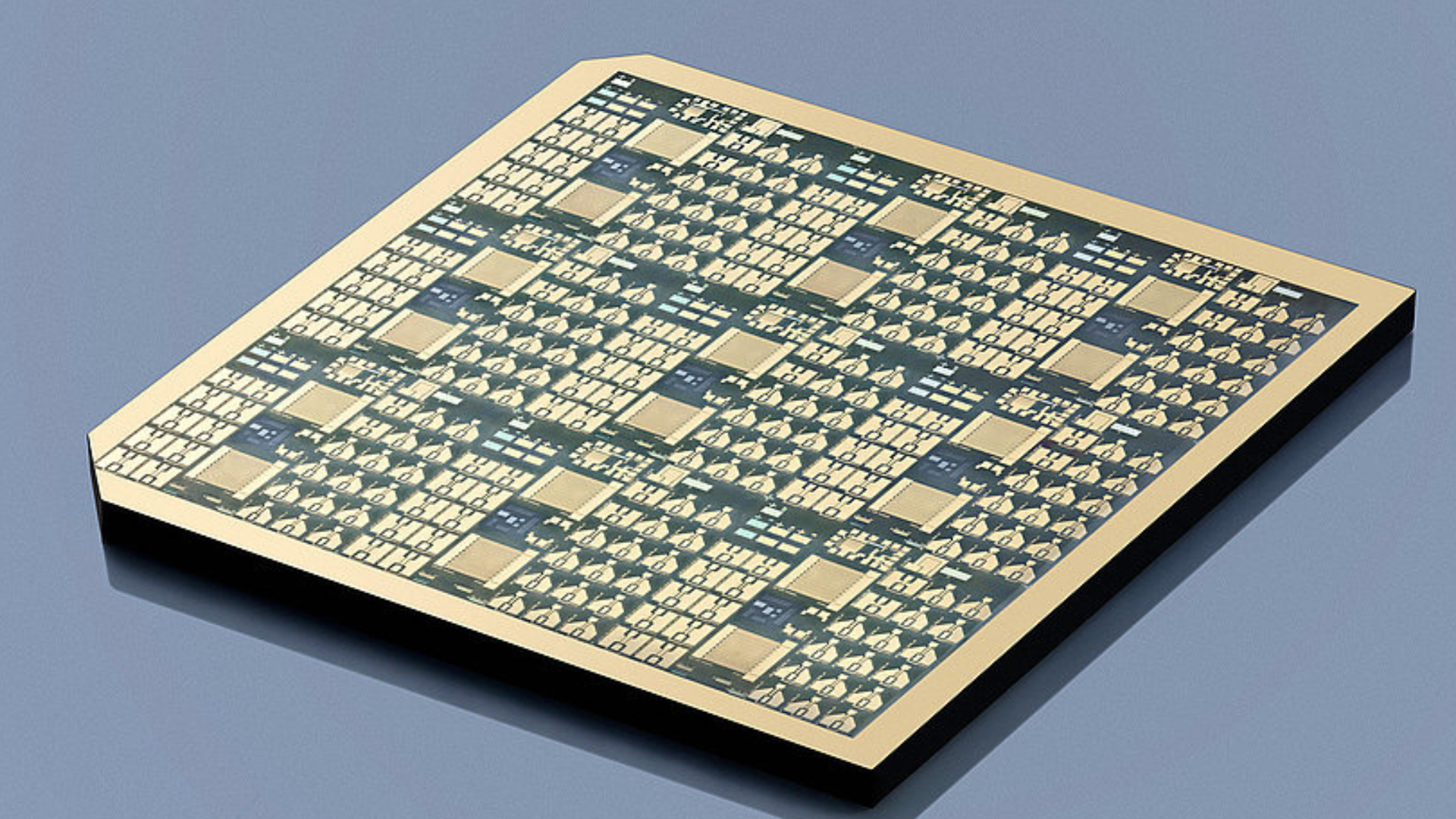

Gallium (Ga) is a unique metal that has gained significant importance due to its growing applications in high-tech industries, including electronics, semiconductors, and LEDs. Despite its extensive industrial use, gallium is not found in its pure form in nature but rather exists in trace amounts within various ores and industrial wastes, such as bauxite, zinc ores, coal, and electronic waste. This dispersion across different materials makes gallium extraction challenging, though several promising sources and extraction technologies have emerged.
The primary commercial source of gallium is Bayer liquor, a byproduct of alumina production from bauxite. Gallium is recovered during the alumina refining process through ion-exchange techniques, which are considered highly efficient due to their simplified process and excellent recovery rates.
Zinc residues, especially those containing zinc ferrite, are another significant source of gallium. Gallium is often recovered from these residues through combined pyro- and hydrometallurgical processes. Notably, plants in Porto-Marghera, Italy, and Zhuzhou, China, were early pioneers in this field. Despite the success, issues like low recovery rates, high energy consumption, and secondary pollution have limited commercial scalability, prompting a need for greener alternatives.
As a byproduct of coal combustion, coal fly ash is emerging as a substantial source of gallium due to its abundance and relatively high Ga concentration. Techniques such as roasting and acid leaching have demonstrated high gallium recovery rates, with pilot plants, such as the one in Ordos, China, achieving successful large-scale extraction. Coal fly ash is viewed as a promising source for future gallium recovery due to its volume and potential economic feasibility.
The electronics industry generates substantial amounts of gallium-containing waste, particularly from GaAs (gallium arsenide) semiconductors and LEDs. GaAs has superior optical properties and faster signal transmission compared to silicon, making them valuable in electronics, but over 85% of GaAs scraps are currently discarded. Recovery methods from these sources, including leaching and vacuum metallurgy, have yielded high recovery rates in laboratory settings. However, large-scale commercial recovery still needs to be developed.
Phosphorus flue dust, produced during elemental phosphorus smelting, contains gallium in the form of Ga2O3. Gallium extraction from this source involves sulfuric acid leaching. While technically feasible, the smelting process has largely been replaced by more environmentally friendly methods, making this a less significant source today.
Hydrometallurgical processes dominate gallium extraction, particularly through the use of strong acids or alkalis to leach gallium from its host materials. This approach is widely used in recovering gallium from Bayer liquor, zinc residues, and coal fly ash. For example, hydrochloric acid and sulfuric acid leaching processes are commonly employed in these extractions, with some studies reporting over 90% recovery rates. While hydrometallurgy is highly effective, the environmental impact of acid waste and energy consumption remains a concern.
Pyrometallurgical techniques are occasionally used in gallium extraction, particularly as a pretreatment step to enhance the efficiency of subsequent hydrometallurgical processes. These high-temperature processes are useful for breaking down complex materials like GaN (gallium nitride) in LED waste, but they also come with high energy costs and environmental risks.
As an emerging, eco-friendly alternative, biohydrometallurgy involves using microorganisms to leach gallium from ores and industrial wastes. This method offers potential cost and environmental advantages over conventional extraction techniques. However, it is still in the experimental phase and requires further development before it can be applied commercially.
Gallium is of great economic importance, but there are challenges in optimizing its recovery from industrial byproducts. For example, the recovery from zinc residues is inefficient and causes environmental pollution. Although coal fly ash and electronic waste hold promise as sources of gallium, the technologies required for large-scale recovery are still under development. Biohydrometallurgy shows potential for sustainable and efficient gallium extraction, but further research and industrial testing are needed.
Efforts to recover gallium from new sources such as LED waste, old GaAs scraps, and red mud should be prioritized to meet the increasing global demand for this metal. In conclusion, while gallium is abundant in various industrial wastes, fully realizing its potential as a commercially viable resource depends on advancing extraction technologies and recycling methods. Overcoming technical and environmental challenges and developing scalable, cost-effective solutions are necessary to recover gallium from diverse sources.